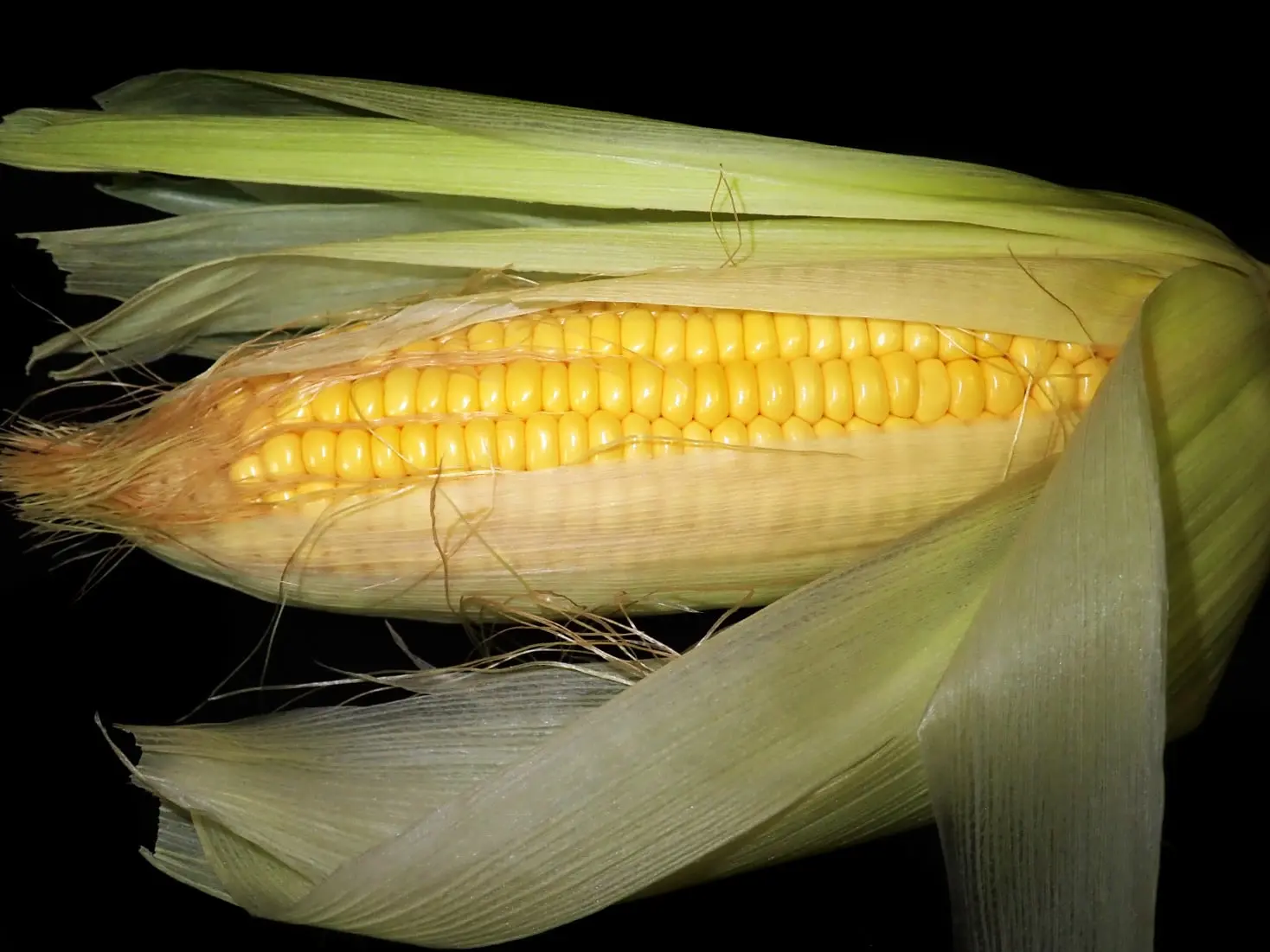Weight Equivalents: Corn

Article by Gil "hannaone"
© Copyright 2007-2023. All rights reserved.
Image from Pixabay
Weight information obtained from USDA food database
Corn, also known as maize, has a long and fascinating history dating back thousands of years. It is believed to have originated in the highlands of Mexico around 10,000 years ago and has since played a crucial role in the evolution of human civilizations.
The earliest forms of corn were small and unrecognizable compared to the large, plump kernels we know today. These ancient varieties were called teosinte and had only 5-12 kernels per cob. Over time, through careful cultivation and selective breeding by indigenous peoples, corn evolved into the diverse crop we know today with hundreds of varieties.
One theory suggests that corn was first domesticated by the Olmecs, an ancient civilization that thrived in what is now southern Mexico. The Olmecs were known for their advanced agricultural practices and it is believed that they played a major role in transforming teosinte into the modern-day corn plant.
From Mexico, corn spread northward to other parts of North America where it became a staple crop for many Native American tribes. The Iroquois people are credited with developing one of the first cultivated varieties of corn called "flint" or "Indian" corn. This type had hard outer shells making it ideal for storage during harsh winters.
As European explorers began colonizing the Americas in the 15th century, they encountered this new crop which was vastly different from anything they had seen before. Corn quickly became popular among Europeans due to its high yield and versatility in cooking. It was also easily transported back to Europe where it soon gained popularity as a staple food.
The introduction of corn to Europe also sparked significant changes in agriculture as farmers began rotating crops with this highly productive grain. By the 17th century, maize had spread throughout most parts of Europe and even made its way to Africa and Asia through trade routes.
In addition to being a vital food source, many civilizations also saw corn as a symbol of fertility and abundance. It was often used in religious ceremonies and rituals, such as the Mayan tradition of offering corn to their gods.
Today, corn is one of the most widely grown crops in the world, with over 1 billion tons produced annually. It continues to play a significant role in global food production and remains an important staple in many cultures worldwide.
The history of corn is one that spans thousands of years and has had a profound impact on human societies. From its humble beginnings as teosinte to its current form as a versatile crop, corn has truly evolved alongside humanity and remains an essential part of our diets and cultural traditions.
Corn is a nutrient-dense food that provides essential vitamins, minerals, and fiber to our diets. One cup of cooked yellow corn contains 177 calories, 5 grams of protein, 41 grams of carbohydrates, 3 grams of fat, and 5 grams of fiber. It also contains significant amounts of vitamin C, thiamine (vitamin B1), folate (vitamin B9), magnesium, potassium, and phosphorus.

